‘We salute the men in uniform who undergo all the hardship so we can sleep peacefully at night.’ You all know who I am talking about. Army soldiers, of course. We respect them, salute them, share their stories on social media, but what else do we do that makes them realize their worth? You must be thinking, what else can we do other than this? Rest is beyond our reach, but that’s not true because today’s narrator crossed the bar and did something so heartwarming for them that it is beyond our imagination.
It all started with an incident. After the incident, Vikas Manhas started meeting families of martyred soldiers. How did he do it? That too, back in the 90’s when there was no Google to track their location. How would he find the address? So let us know his story in detail.
Vikas Manhas – My Story
I’m Vikas Manhas from Jammu. The idea of visiting the soldier’s families came after an incident. In the summer of 1994, I came to Bhaderwah from Jammu to attend a marriage function. At that time, terrorists were active in Bhaderwah. And due to which we have put in a dusk to dawn curfew every night.
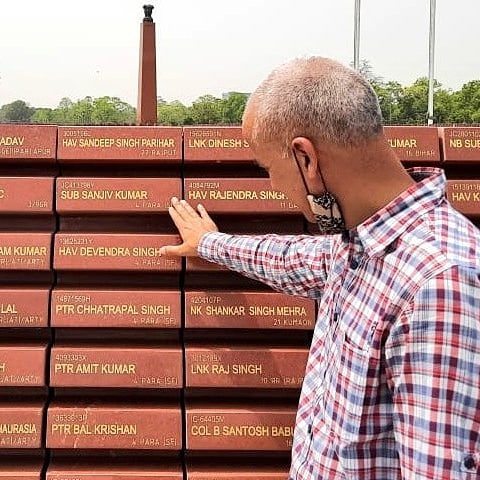
One evening, we heard a volley of gunshots. None of us was sure what was happening outside, but the sound of bullets kept coming. With the night getting darker and darker, the sound of bullets was getting louder and louder in Bhaderwah valley.
The night was full of fear and uncertainty. I wasn’t able to rest for a moment. We all were scared as it continued till the wee hours, but the sound of bullets also faded away when darkness faded.
The following day, we learned that an army picket where 8 Jawans were deployed was ambushed last evening. In the initial gunfight, seven Jawans had lost their lives, but the last one continued to fight with the terrorists till morning. He not only saved his life but also saved the picket being looted by the terrorists.
During those days, the Army didn’t have a policy of bringing the martyred soldier’s mortal remains back to the family. Their last rites were performed at the battleground itself by the fellow soldiers. The Army sent only ashes wrapped in a handkerchief to the soldier’s home and his bistarband (folded bedding). So, according to the rule, those seven soldiers were cremated in Bhaderwah only. Villagers arranged the funeral of the slain soldiers and also joined it.
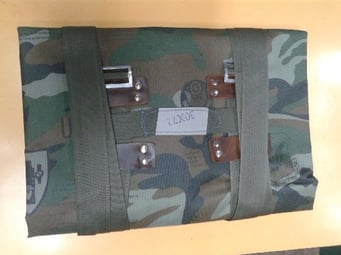
When the Army truck brought the soldiers in a truck for the funeral, I was also one of the villagers who lifted the casualties and proceeded towards the cremation ground. It was about a 10 to 15 minutes walk. On the way to the cremation ground, the bodies were still oozing blood, and even I had a few droplets of blood on my shoulders.
When we reached the cremation ground, rather than seven pyres, there was only one huge pyre, and all the seven bodies were laid down on the pyre beside each other. The Army set the funeral according to Hindu rituals. But the ritual of lighting fire was delayed because some family member or relative was coming from outstation.
We were waiting at the cremation ground, and when the person arrived. The Army showed him the deceased’s face just for a minute or two then the pyre was lit. The incident moved me deeply. So I went, and I approached an elder of the village who was standing beside me. I asked, ‘Why are these casualties not being sent to their respective homes as their families need to see their faces for the last time?’
To which he replied that it could be answered by the soldiers only. At a distance, a soldier was standing, and after mustering courage, I approached him and asked him the same question?
He looked at me and said, “What you are thinking, I wish someone thinks in Delhi too” – my first reaction was, are all these soldiers from Delhi? He told me about all the difficulties of transporting the mortal remains to their respective homes in the conversation.
I said, ‘If we can’t send them back, we can call their families to perform their last rites.’ He didn’t answer logically and tried to console me as he thought I was saying it out of emotions. Meanwhile, the pyre was lit, and I broke down into tears. I could see that the soldier’s eyes were also full of water, but he couldn’t get them out in uniform in a combat zone. Weeping is a luxury denied to many – I realized that day.

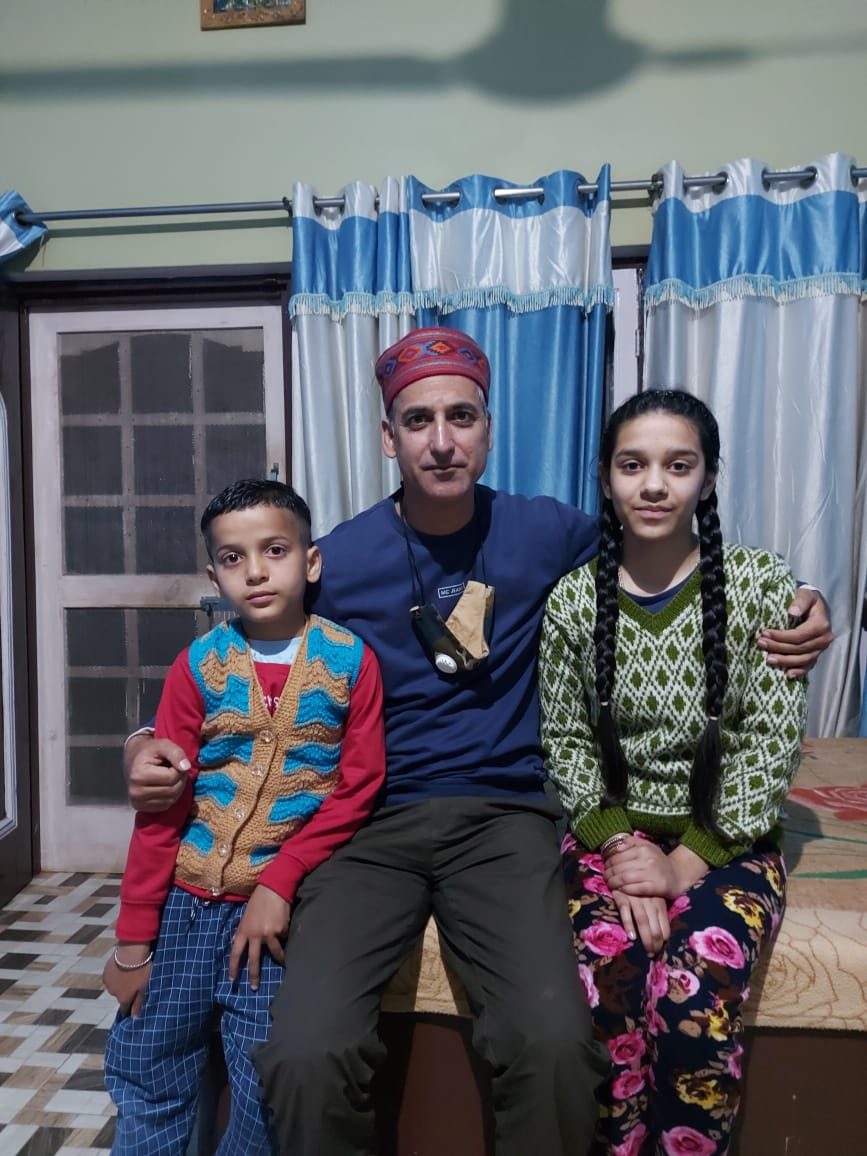
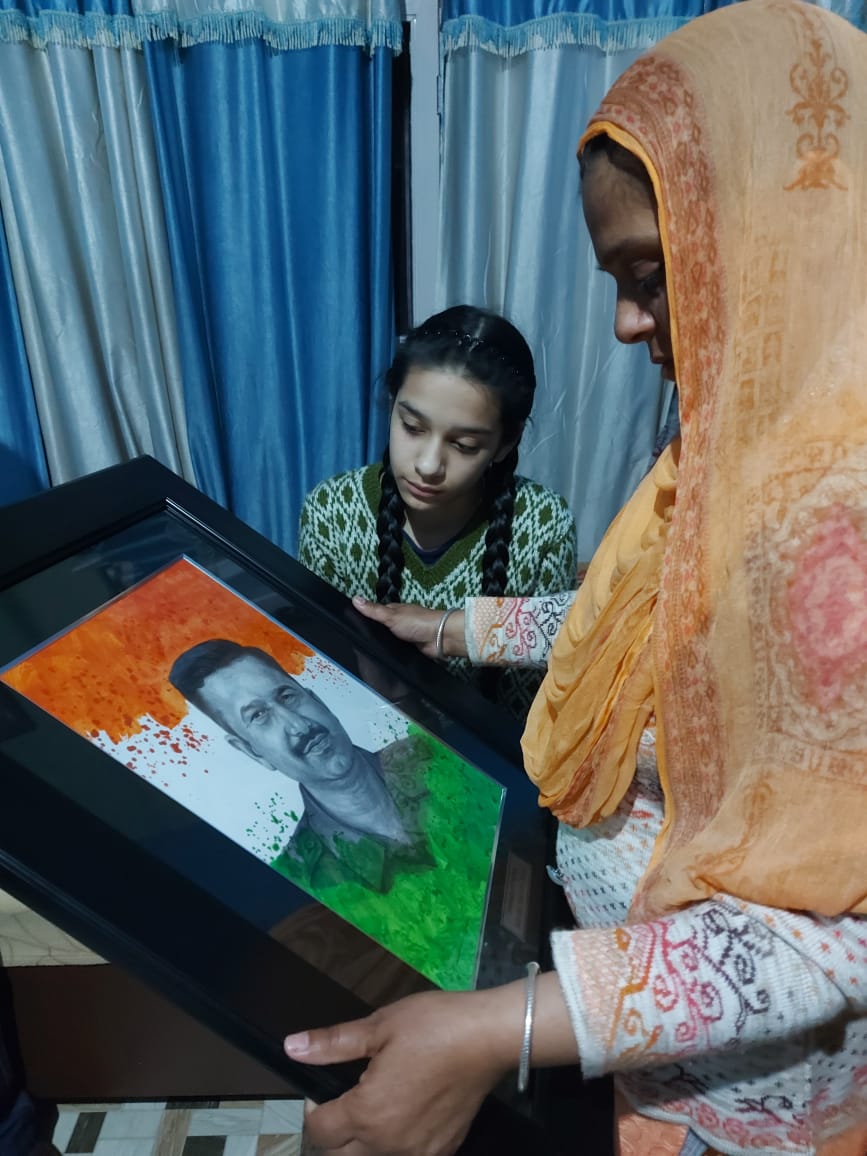
In the next few days, I was back in Jammu with a disturbed mind. I tried finding information about those seven soldiers but couldn’t find anything. In newspapers, I could find the news report but without much details. Information was just limited to the incident, and Google was not an option back then. So I had to give up the idea of searching about their families. Life rolled on, but such information and incidents used to refresh my memories.
Years later, Kargil happened in 1999, and it was the first war in the history of India, which was almost live telecasted with media sharing every little moment of the war. Anyway, the only positive outcome of the war was prime minister Vajpayee’s announcement that every soldier who immortalized himself in the war, his mortal remains will be sent back to his home in whatever conditions they were. Thus in the Kargil war, the mortal remains of the slain soldiers started coming home.
It took a lot of time to send the casualties back to their respective houses. Few of them like, Captain Amit Bhardwaj, Captain Haneefudin, reached after 55 and 62 days and in miserable conditions. Their families were not even allowed to open the coffin.
On July 6, 1999, one crucial feature in Kargil, Army captured Tiger Hills after a series of fierce battles were fought on the ridge by 18 Grenadiers and 8 Sikhs. The final assault on the Tiger Hills was led by Havildar Madan Lal of 18 Grenadiers and seven other boys.
The Army captured Tiger Hills, and in the assault out of eight, seven of them immortalized themselves, including Havildar Madan Lal. One among the slain soldiers, Grenadier Udayman Singh 18 Grenadiers, was from Shamachak, almost 15 KM away from my hometown. I somehow got the address, and in the winter of 1999, I managed to reach Shamachak.
When I reached the home of Udayman Singh, I met his sister first, and when she asked who I was? I told her that I had come to meet her mother. She made me sit in a room where photographs of Udayman Singh were hanging on the wall.
I was made to sit on a red carpet. And after a while, a lady appeared and sat in front of me. She was the mother of Udayman Singh, and then for the next two hours, there was complete silence in the room. Neither of us uttered even a single word.

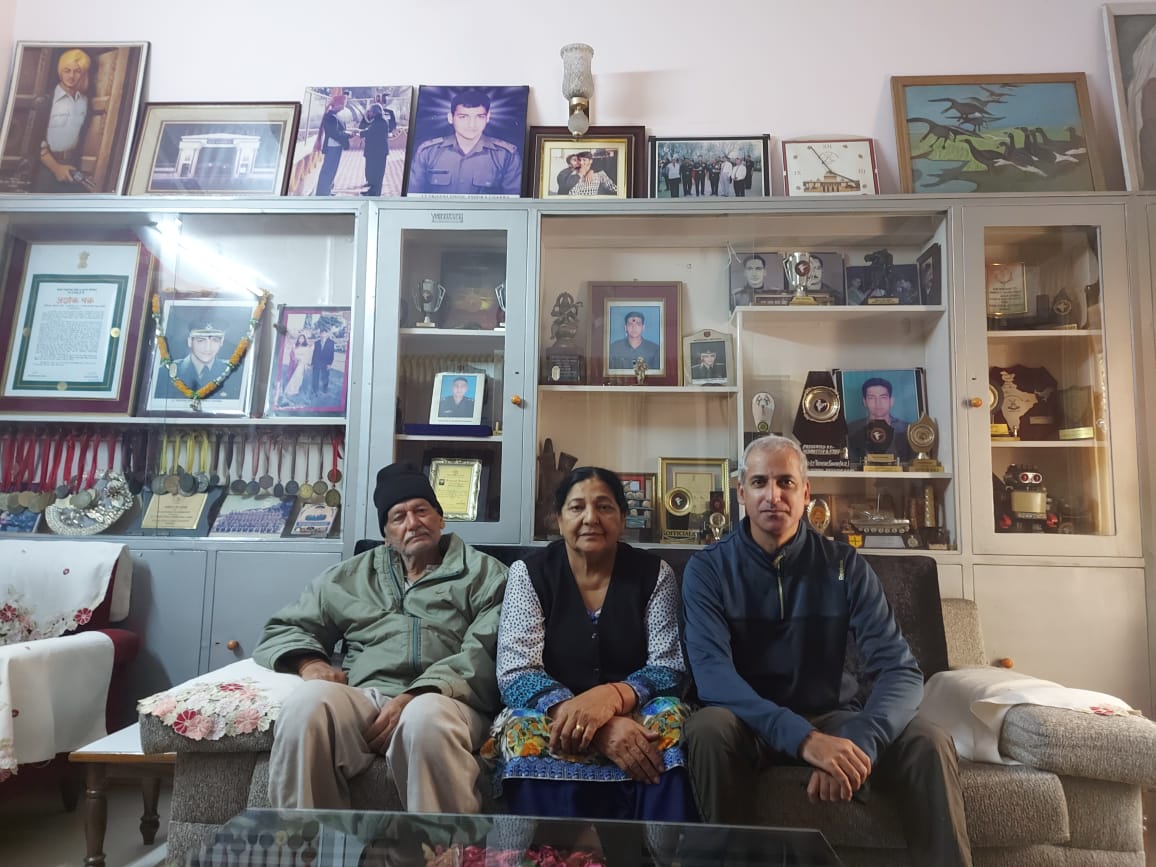
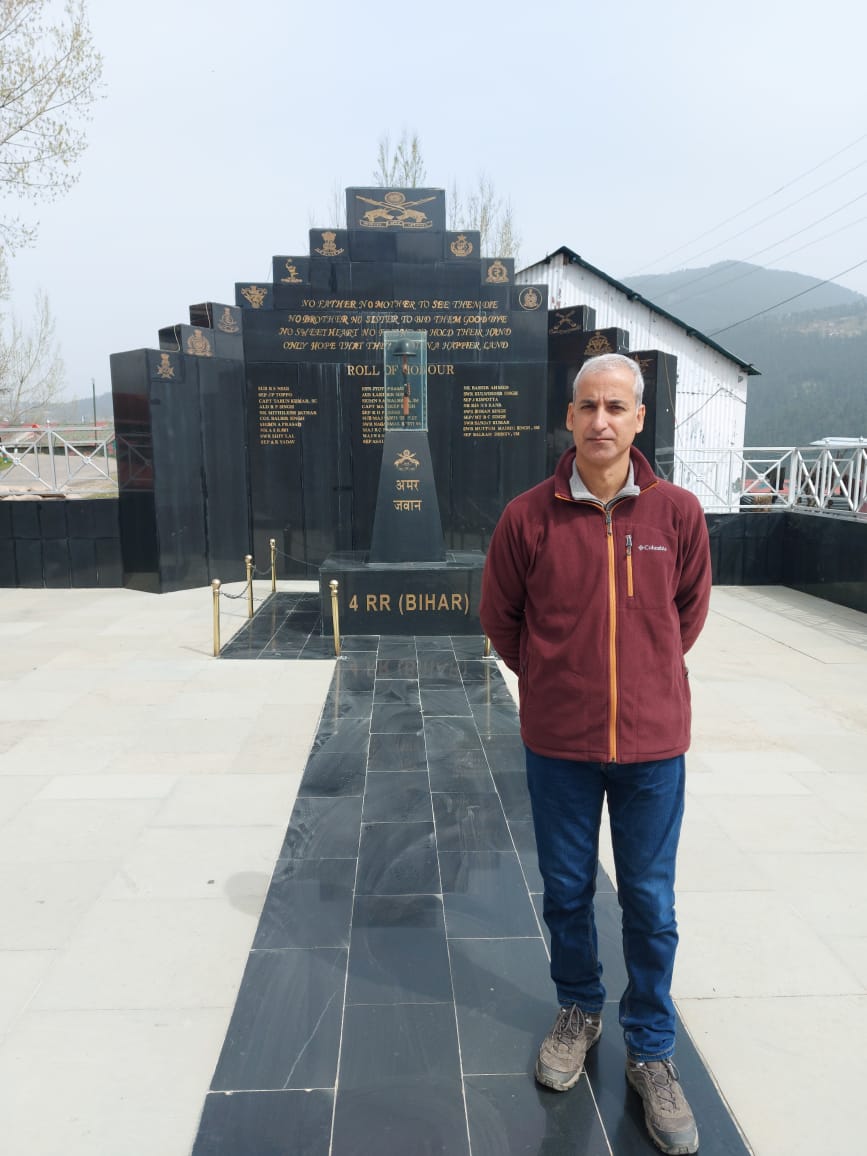
After two hours, she asked if I’d have a cup of tea, for which I immediately nodded yes. In a while, she came back with a cup of tea and a few biscuits. As I lifted the cup and was about to take the first sip, she pointed to a photograph and said, “You know this photo was clicked when he came home last time. See how handsome he is looking sitting in my lap.”
It was an ice-breaking moment, and then she continued to speak for almost one hour, and I kept sipping the tea silently. I didn’t speak much throughout the conversation, and I replied by nodding my head in yes or no. Around 2 pm, she asked me to have lunch, and I agreed to it. She took me to another room where I met his sister again, and then she baked fresh chapatis for me, and I had lunch with them. At 3:30 pm, one more sister of Udayman Singh joined us. After a while, I decided to leave.
I said goodbye, and in return, she asked me how much more leaves do I have? She probably thought I belonged to the Army and was sent by the unit to meet the family. I replied that I am a civilian and I came from Jammu to meet her. She asked, ‘Why would you come to meet us?’ I said, ‘I’m from Jammu, and I wanted to meet the soldier’s family. Nothing else.’
When I mentioned Jammu, she started speaking to me in Dogri, which is the local dialect of the Jammu region. While departing, she asked me to come again, and the process of visiting them, which began in 1999, is still intact in 2021, and now I can’t recall how many times I have probably visited them in these 21 years. I’m more like a part of their family.
Well, this was the beginning of my journey and the home of Udayman Singh. It was followed by many other such homes across the nation—still, a lot to do in this direction. Till now, I have visited 500+ soldiers, and I discovered their stories. I’d narrate them to my family, friends, and neighbors. Now, I’ve started sharing them on social media. Let me tell you some stories that are very close to my heart.
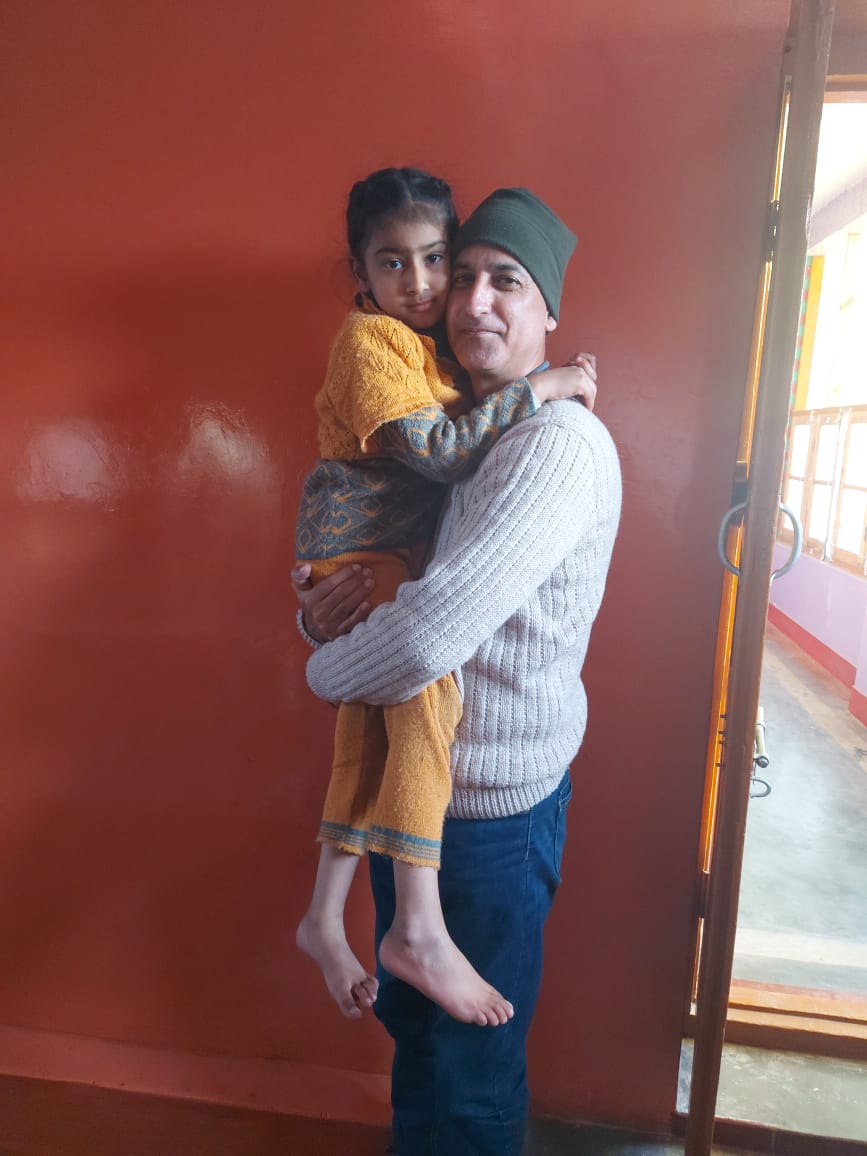
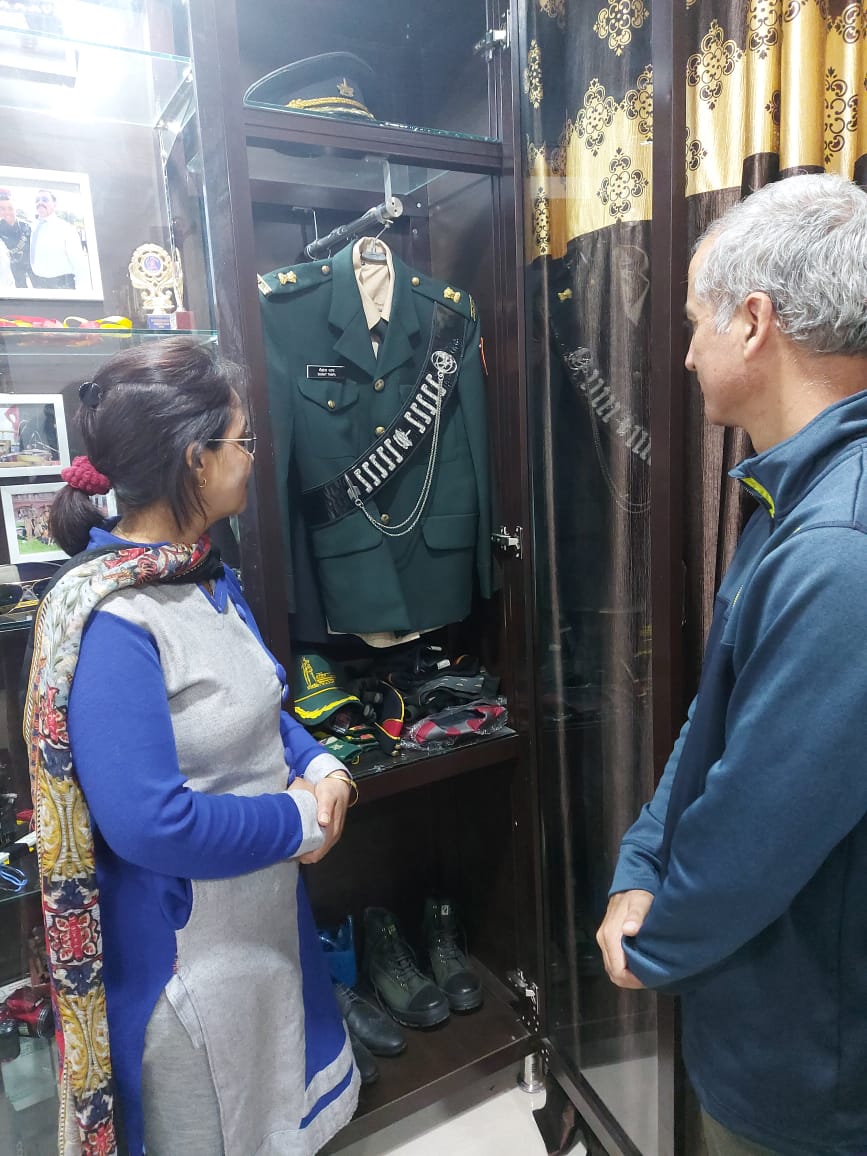
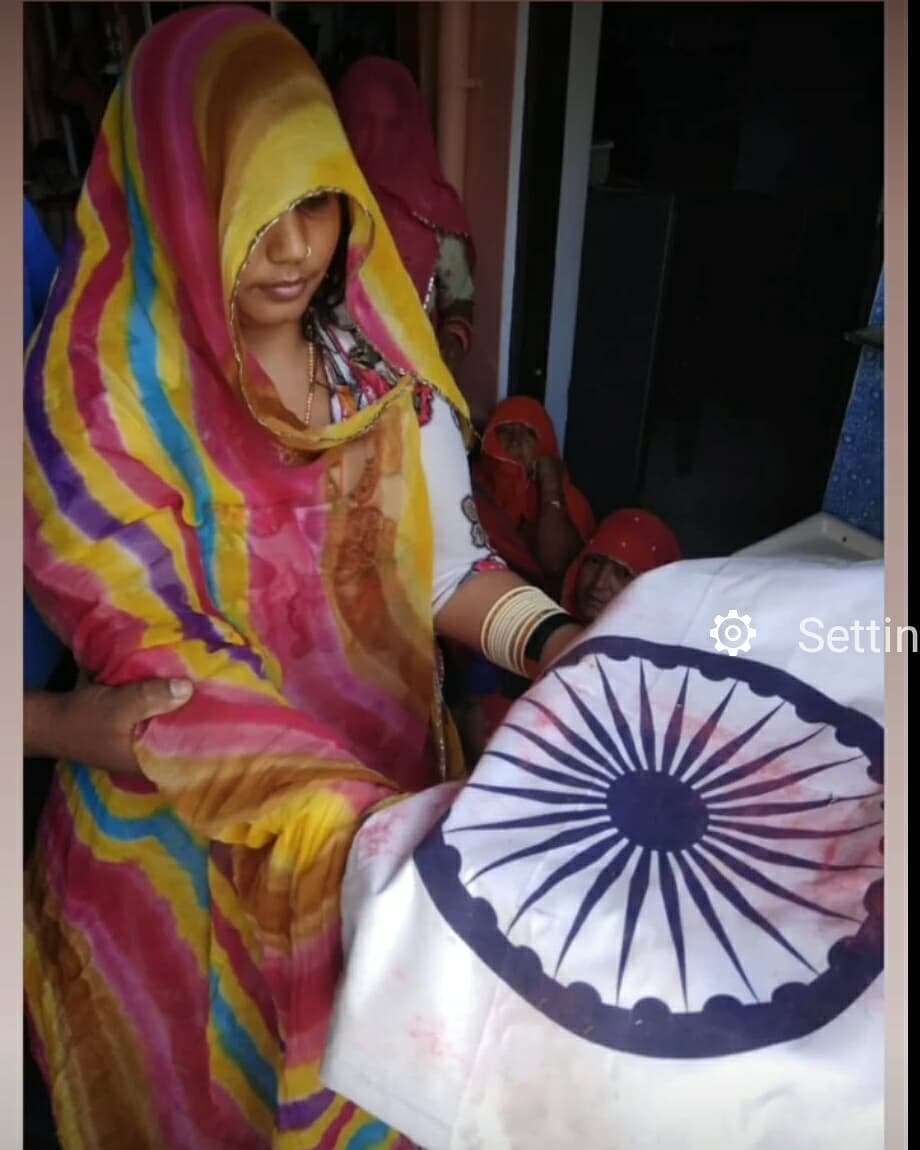
Like us on FB, if you find our content interesting: https://www.facebook.com/hatkestoryofficial/
Do you have an interesting incident or experience to share with the world? Write to us, and together we can discuss how to weave your story and present it to the world. Would you mind sending us your story?





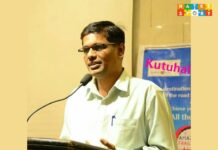
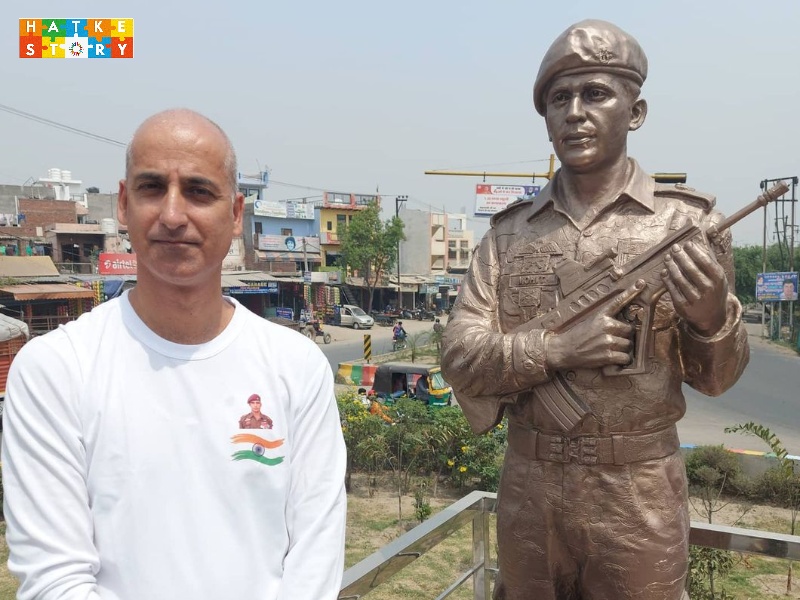
I want to read his other incidents also.
A very touching and sensitive peraon.